The Cornell Lab Bird Academy › Discussion Groups › Joy of Birdwatching › Activities: Keeping Track of Your Birdwatching
-
Activity 2: I've begun connecting with my local birding community by joining the Chicago Ornithological group on FaceBook and participating in the Christmas Bird Count. I plan on researching more opportunities on FeederWatch, Great Backyard Bird Count, Zooniverse, and SciStarter.
-
I just signed up for the NH Audubon Society Backyard Bird Count. I am looking forward to participating! I have also signed up for alerts. I will use birds to log sightings, too!
-
I love using ebird + merlin combo, specially sound and photo ID, it has made my birding easier since I don’t know bird’s names in English nor in Spanish (my first language). Also I just wanted to share: I moved to my current home two years ago, and months later I put a feeder with seeds and I remember I had to refill it very often. Then I stopped doing that for reasons I don’t remember. Now, since I started this course (a month ago) I started over putting seeds on the feeder, and birds don’t come as often as in the beginning. With what I’ve learned in this course, and what I’ve heard in birding activities I’ve enrolled, I’ll be patient and wait until birds come back again. Maybe increasing people population here (it’s a new neighborhood), season (dry season), are factors that have a side effect on the birds I see.
-
My "field notes" are scratches in a notebook that I keep handy as I do my bird count. I use binoculars from my dining room window to see birds at my multiple feeders about 40 feet away. I've been making notes about the weather, the snow, the squirrels and any unusual sightings (Beautiful Pileated Woodpecker a few months ago that I was able to share with my daughter who was visiting that day). Currently I am focusing on the house finches vs the purple finches. This has been an ongoing challenge. I believe all my finches are actually HOUSE Finches, but every now and then I see what just might be a PURPLE Finch. This gets me hustling back to my ID Quiz that I save on line and two books to confirm. I'm still not sure if it really was a PURPLE Finch or not. I think now I will make better notes as to why I think it is a PURPLE Finch.

-
I try to take pictures every-time a new bird, or a familiar bird but with an interesting "twist" comes into my yard. This includes seeing juveniles or fledglings or eggs. I will try to begin compiling these photos as well as memories, to come up with a "Birds I Have Seen" list. A partial list just for the year 2022 would include Pigeons, Great Horned Owls, Cactus Wren, Burrowing Owls, Arizona Woodpeckers, Northern Cardinals, Ruby-Throated Hummingbirds, Roadrunners, Turkey Vultures, Falcons, Hawks.
-
I'm looking forward to being more intentional about recording my bird sighting experiences.
-
#1. I haven't taken written notes, but on my trips to Europe I've taken photos for later identification, which worked really well. eBird has been great for recording observations and sharing with other birders. Looking forward to using some of its other features. #2. Joined the Maryland Ornithological Society's local chapter to get alerts and trip notices.
-
Merlin app has been my great app for bird identification,, it has given passion about birds since when i came across any bird i can be able to identify it by choosing the size, location , the color and the habitat and it will definitely give out the possible birds around that location
-
One of my favorite ways to track birds lately has been through the Sound ID in the Merlin App. It has been so fun being able to pull out my phone with my kiddos when we hear something interesting and discover the variety of birds that are right next to us!
-
I love the bird app too. That is the app that got me interested in birding. Didn’t take long for me to decide to get a half decent camera and lense so I could take better pictures then what my iPhone could take.
-
I love the Sound ID too! It has been a life saver lately. Its helped me with a lot of wren IDs and silhouettes deep in swamps.
-
-
1. I have found that the records from my Merlin listenings are the best record of birds I have witnessed. And much easier than taking notes. 2. My favorite birdwatching site is Short Ridge Park, just a few blocks from my house (and I can walk the dog there too). Experienced birdwatchers go there regularly and I have met a local ornithologist there. Another experience was a birdwatching class taught by Audubon, but the most interesting was a trip to SE Arizona in April 2021; with the help of local birders, I saw lots of exotic and colorful birds.
-
Activity 1: I have taken pictures and notes of local birds, and birds that are in this area for breeding in the Summer. I took some notes during the time when some Mourning Doves made a nest right in front of my window, I took pictures after the eggs hatched and once when the mother was feeding the little chicks. Also, after spending the spring and the first part of the summer listening to Acadian Flycatchers that are temporarily in the local parks I could take a picture of a nest, which was very interesting to see. This has helped me have a more broad view of these species and be more attentive to nests in order no to disturb them.



-
Activity Two- As far as I can see, we do not have any chapters near us. We would love to connect with people (via seeing their submissions) we see on the ebird site for our remote NY state county. Does anyone know how to do that? We've asked before. We also participate in the Backyard Count and have signed up for the Audubon Christmas count. We did not know about the feeder count. That sounds very interesting.
-
Activity 2: In Florida the summer's get hot and humid and birding activity slows down. Many birding groups take a break through the summer months. To encourage people to continue birding Florida Fish and Wildlife Commission is sponsoring the June Challenge. This is a county level friendly challenge to record how many species you can see during the slow birding month of June.
-
Activity #1: I love keeping field notes. As mentioned by Kevin in this lesson's video, these notes help to bring back wonderful memories of bird sightings and experiences from places around the world. I only wish I had the same artistic skills to really be able to document each bird with the notes!
-
 Activity 1: I very much enjoy getting to know the birds that come to my backyard feeder and have been a faithful participant in Project Feeder Watch for the past two years. Photography has been very helpful to me as I keep track of the various species that visit my feeders. I am especially grateful for how helpful photography is in determining whether or not the birds that feed in my backyard are healthy. Finches for example require close examination to determine if they have signs of eye disease. So, by photographing these finches I can be much more certain about whether or not they are carrying eye disease.
Activity 1: I very much enjoy getting to know the birds that come to my backyard feeder and have been a faithful participant in Project Feeder Watch for the past two years. Photography has been very helpful to me as I keep track of the various species that visit my feeders. I am especially grateful for how helpful photography is in determining whether or not the birds that feed in my backyard are healthy. Finches for example require close examination to determine if they have signs of eye disease. So, by photographing these finches I can be much more certain about whether or not they are carrying eye disease. -
Activity 1: I am a photographer and take along my camera to help me identify what I am looking at. I have also written down notes to help me later when going through field guides. Recently, I loaded Merlin on my phone and I have enjoyed using it to record the birds singing. Activity 2: In November I signed up for Feeder Watch and I have enjoyed watching and tallying the birds every weekend. In February, I signed up for the GBBC and added another location from my own backyard to the count. I also opened an eBird account on my desktop to fill in my GBBC observations, however, I didn't realize I could continue to enter counts on a regular basis. So this information about eBird was helpful.
-
Activity 1: Yes, my notes are helpful, especially with Sparrows and some of the Woodpecker species we have in the area. I take pictures of them and also use Merlin to verify that my guesses are correct. I have a life list that's starting to get some bulk to it. Activity 2: We do the annual Great Backyard Bird Count.
-
Activities 1 & 2: Since the end of December I'd been seeing on the eBird rare bird alert that there was an immature Ross's Gull seen from the pier at Nieuwpoort on the Belgian coast, and yesterday I finally went to see him. He regularly hangs out with Black-headed and Herring Gulls around the end of the pier, flying over the sea and sometimes even perching right on the pier. The field guides say that an immature Ross's Gull can resemble immature Black-legged Kittiwakes and Little Gulls, but I noted down the special field marks of the Ross's Gull and this bird definitely showed them (especially his wedge-shaped tail with black tips to the central tail feathers). But his ID has been confirmed by many birdwatchers more expert than me.
-
Activity 2:
- Florida Audubon
-
Activity 2: Joined eBird rare alerts a few months ago. I especially enjoy learning about what’s been spotted in my favorite area a day or so before I venture out to that area. I’ll study what those birds look and sound like, and where to find them before I go out birding. Thanks to the detailed information some birders provide in their eBird notes, on one occasion I was able to find the bird in the exact location as described in the rare eBird alert. I felt very accomplished and excited when I found it! eBird and Merlin are amazing! 😊
-
I must be psychic because a few days ago I signed up for the rare bird alerts from eBird. Someone reported having seen a Lapland Longspur in my town. I wasn’t able to rush out and go see it (and I was thinking, am I becoming one of Those People? Maybe so!) but I did look it up, and noticed that it doesn’t normally live in NC. It might not be rare elsewhere but it would be interesting to see one here. We were in England hiking once and there were a bunch of birders crowding into a bird blind. They all had their scopes and bins and huge lenses. There was an air of great excitement. We asked what they were seeing, and they said “a cattle egret.” Cattle egrets don’t live in the UK so I suppose that would be pretty exciting!
-
I haven’t ever done field notes. I’ve tried just a handful of times to write down what i saw , but with the easy of technology, the merlin bird app allows me to observe and quickly identify most of the time. I’ve recently been really liking the sound ID feature so if i can get a sound registered then i will see if that suggestion matches what i see. On the occasion the app doesn’t suggest the bird i saw i try to get a picture or will then make a few notes about distinguishing colors, patterns, etc, to search through my bird book at a later time.
-
I made a new year's resolution this year to make one eBird report every day. Actually, I started in mid December after only hearing about eBird for the first time in November. As of this writing, I have a 214 day streak! I try to take pictures that I add at least a couple of times a week and, since the new Merlin Song ID, I've been adding audio too. But sometimes, on those back to back meeting days, I just sit by my living room window during a meeting and log what I see out the window. It's pretty addictive. On a side note, there are people who check your eBird submissions to make sure they are accurate. When I first started logging and they said things like "Dear Stephanie, thank you for submitting to eBird , but that sparrow that you thought you saw was probably a warbler". At first, I was a bit insulted. But I realized that I really had only been birding for a couple of months, so what did I know. I decided to use my phone camera to record every bird that I saw and reported each day, even crows. That way, I could get some useful feedback on my bird IDs and have proof when I actually saw something unusual. It worked. I've learned a ton from the feedback and have struck up a friendship of sorts with the 2 or 3 guys who usually give me feedback.
-
I always like jotting things down but now, after this course, I plan to do that in a more systematic way. I’m a birding beginner and using the pandemic lockdown time to try some new hobbies. I’ve been observing neighbourhood birds regularly. Merlin and eBird are good place to start and I’m impressed with the functionality (local maps, weekly sightings etc)... a while new birding world has opened up to me!
-
I had reported on watching a robin nesting through when the birds flew out of the nest. I now know about keeping record of the various changes of the eggs up to independent little robins. I would like to know the exact amount of days from laying eggs to breaking out of their shell and various other behaviors they earned before leaving the nest. Thanks
Read More:
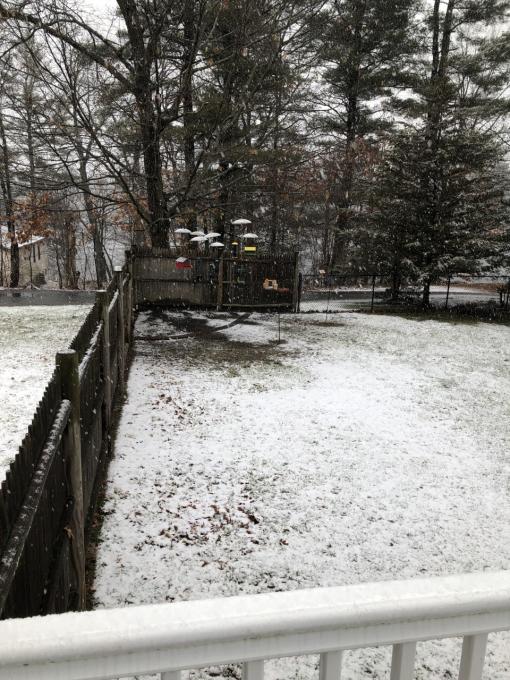
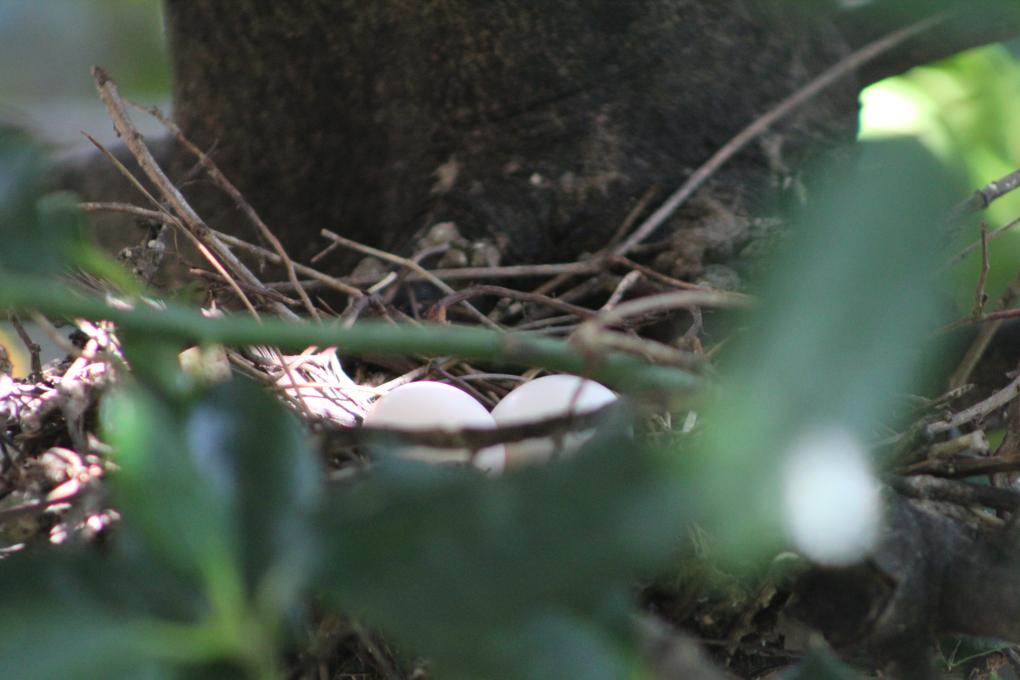
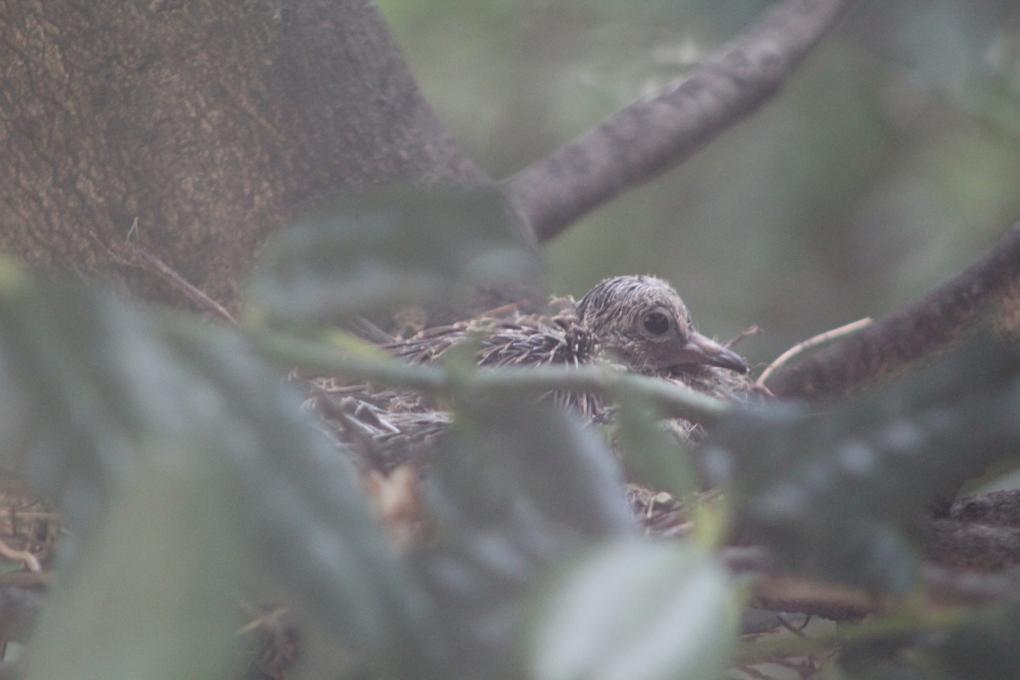
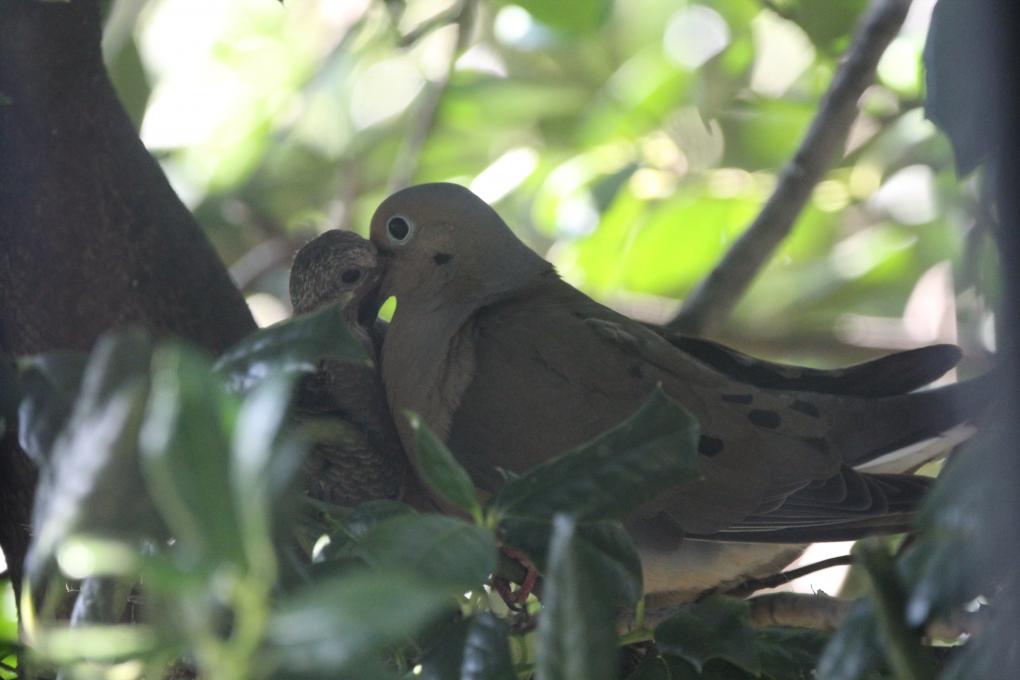
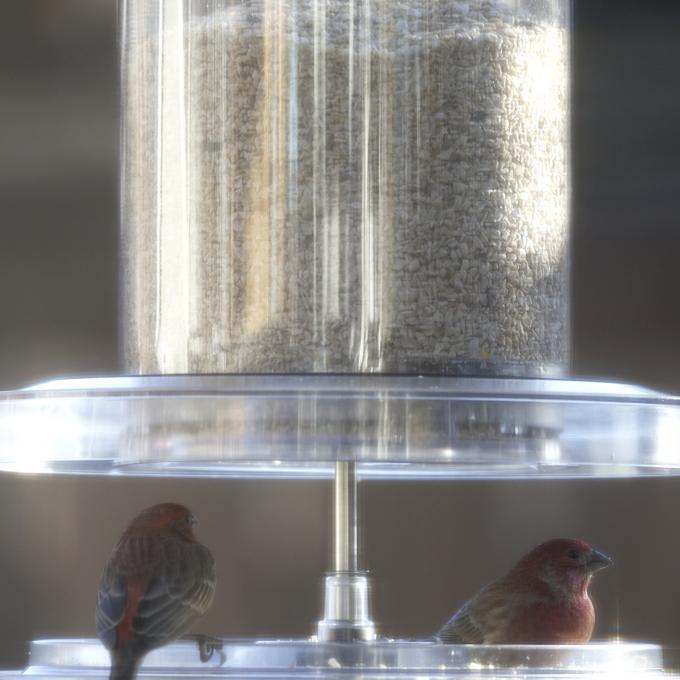 Activity 1: I very much enjoy getting to know the birds that come to my backyard feeder and have been a faithful participant in Project Feeder Watch for the past two years. Photography has been very helpful to me as I keep track of the various species that visit my feeders. I am especially grateful for how helpful photography is in determining whether or not the birds that feed in my backyard are healthy. Finches for example require close examination to determine if they have signs of eye disease. So, by photographing these finches I can be much more certain about whether or not they are carrying eye disease.
Activity 1: I very much enjoy getting to know the birds that come to my backyard feeder and have been a faithful participant in Project Feeder Watch for the past two years. Photography has been very helpful to me as I keep track of the various species that visit my feeders. I am especially grateful for how helpful photography is in determining whether or not the birds that feed in my backyard are healthy. Finches for example require close examination to determine if they have signs of eye disease. So, by photographing these finches I can be much more certain about whether or not they are carrying eye disease.